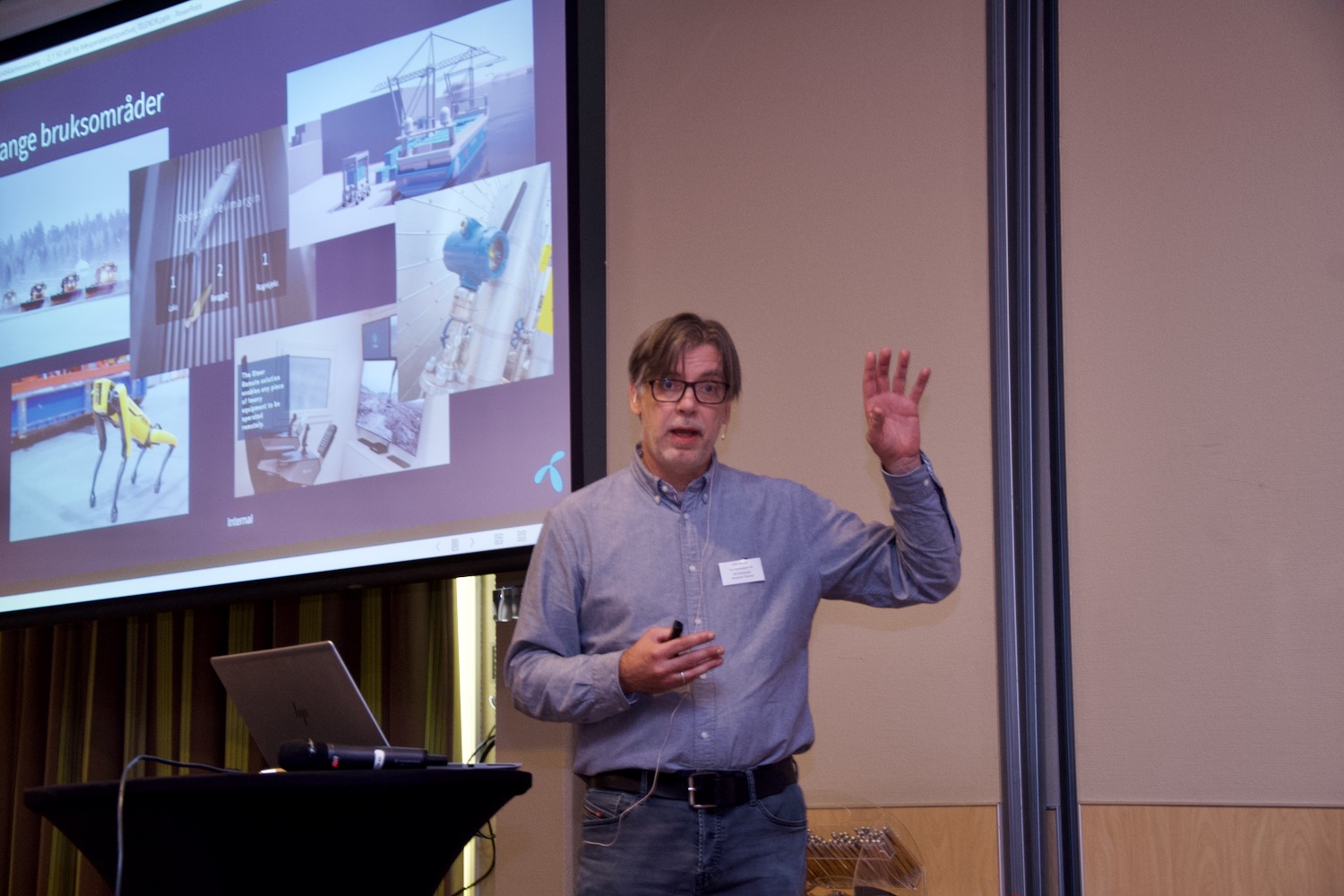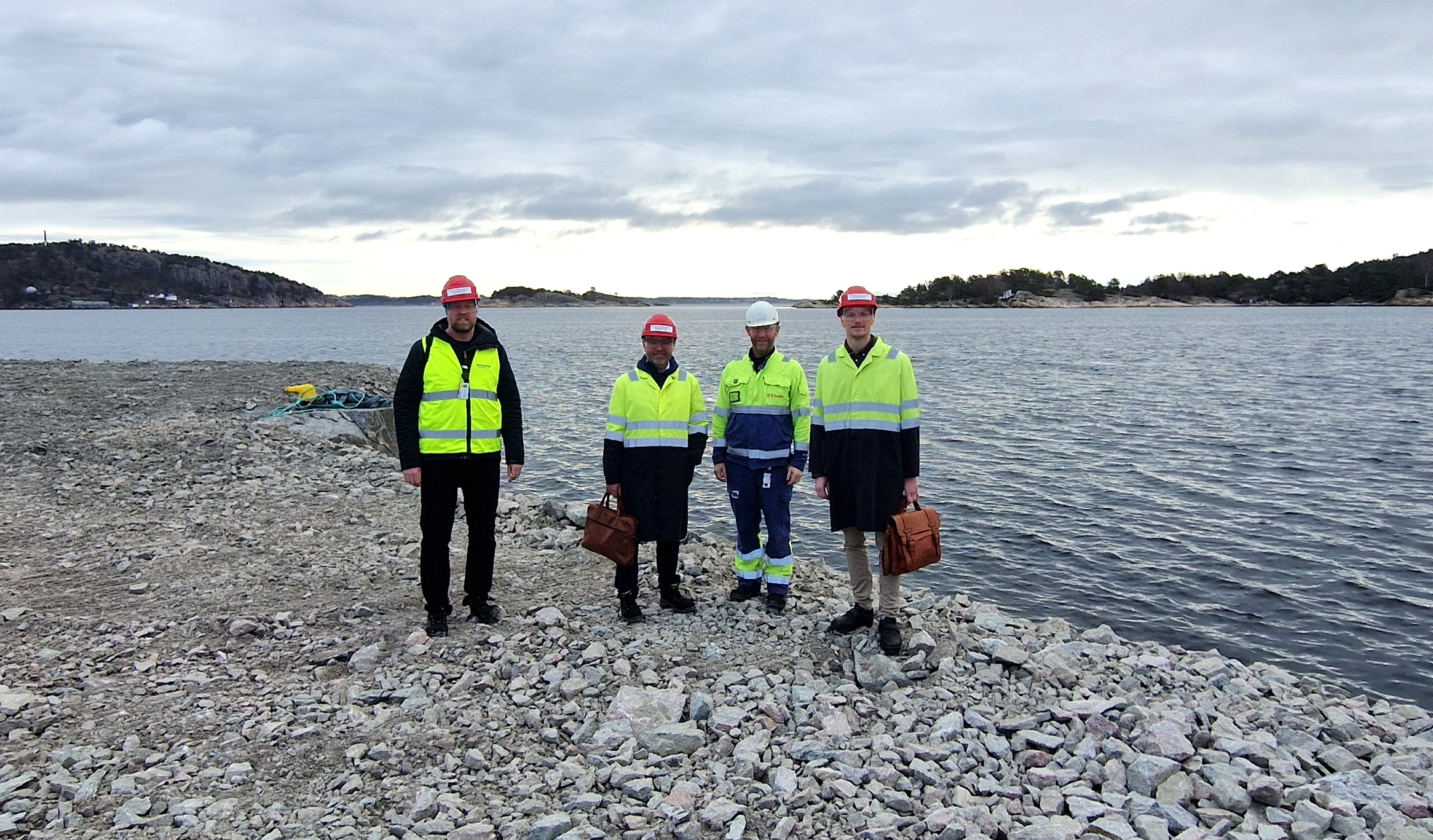In the telecom sector, all Gs – from the introduction of 1G in 1979 to the introduction of 4G in 2009 – have been driven by consumer demand. 5G is the first G that is driven by industrial demand.
“5G is more like Industrial 1G. However, Industrial 1G sounds very unsexy, so let’s keep referring to it as 5G,” says Asle Bøyum, Solution Designer 5G at Telenor, to emphasize his own point: “5G is for industry, not so much for consumers”.
5G offers increased bandwidth and low latency and handles more devices, which makes it perfectly suited for industrial use and the Internet of Things. Millions and millions of sensors and devices will be connected to networks as a result of 5G.
“We expect to see 5G applications in sectors such as production, health, defense, energy, oil & gas and transport. There will be a wide range of user cases,” says Bøyum.
PUBLIC AND PRIVATE NETWORKS
The Norwegian telecom giant which already has 99.9 percent of the Norwegian population connected to 4G, plans to finalize the rolling out of its 5G network by year-end 2024. Other telecom operators, such as Telia and Ice, are also building public 5G networks for anyone to make use of. 5G is also well suited for private networks, and hybrid solutions which include both public and private networks.
At a seminar in Kristiansand Wednesday, organized by GCE NODE and Eyde Cluster and funded by Agder County, several industry players painted a picture of 5G as an emerging and enabling technology for increased digitalization, automation, and more data-driven solutions.
ADVANCED TEST AREA IN PORSGRUNN
In Porsgrunn, Herøya Industripark and Telia aim to build a Nordic center of excellence for 5G and next generation connectivity.
“An advanced test area for 5G which explores private networks and advanced connectivity in the commercial and industrial spectrums. Test cases will include autonomous vehicles, remote control, edge computing and more,” says Sverre Gotaas, CEO of Herøya Industripark.
TEST CASES IN TRONDHEIM
Stig Petersen, Senior Scientist at SINTEF Digital, also presented 5G research and industrial projects which include both private and public networks.
“Maritime 5G is an innovation project with Kongsberg Maritime for ship-to-shore communication, including internet access, fleet control, condition monitoring, remote control, and autonomy. We will also build a private 5G network on ships for instrumentation, condition monitoring, support systems for remote control, and autonomy. And we will utilize private 5G-infrastructure for automatic docking and mooring, crane control and logistics on land in harbors,” explains Petersen.
Other SINTEF 5G projects include a 110-dispatch center in Trondheim for use of 5G drones for enhanced situational awareness in search and rescue, and a 5G technology evaluation project with Equinor, which includes ongoing testing at Kårstø based on a trial license from NKOM, the Norwegian Communications Authority.
A NATIONAL 5G INDUSTRY FORUM
DigitalNorway, a non-profit organization established to increase the knowledge and use of digital technology amongst Norwegian companies, with a special emphasis on small and medium-sized enterprises, has recently opened a 5G Industry Forum.
“The forum will gather information, build competence and share knowledge about 5G in order to enable companies to utilize the technology,” says Eirik Andreassen, Technical Director at DigitalNorway.




